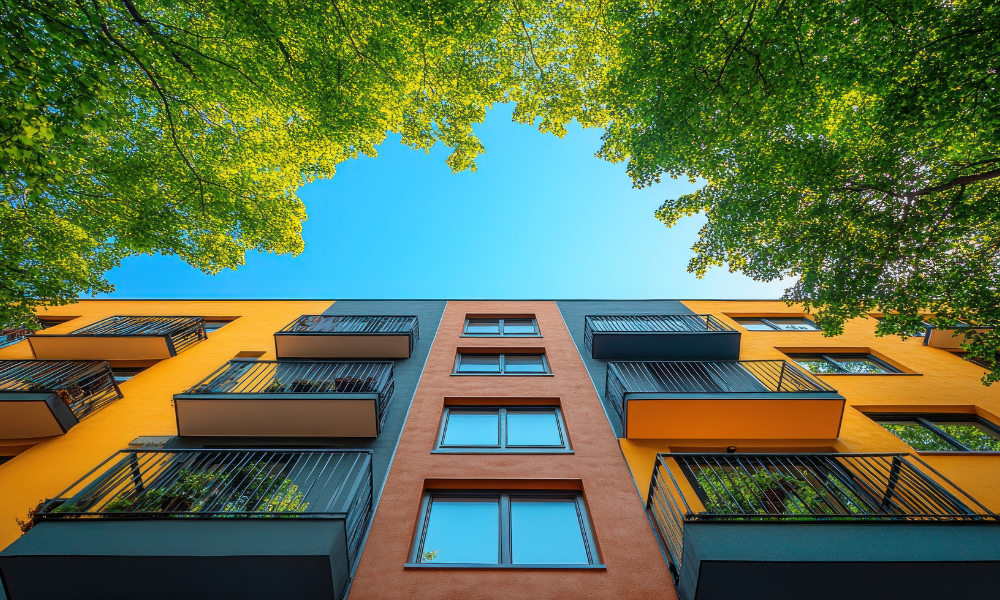Strong demand and ample supply offset policy risks as rent growth stabilizes in 2025

The US multifamily housing sector has continued to show resilience in the first half of 2025, with robust demand nearly keeping pace with a wave of new supply and national rents holding steady despite economic headwinds, according to Yardi Matrix’s latest semi-annual outlook.
“The US economy has held up under the weight of sharp changes in policy, but there are risks from the impact of higher tariffs, volatility in the financial markets and general uncertainty about policy,” the report said. “Interest rates, critical to the multifamily industry, are unlikely to drop given the tug-of-war between weaker economic growth and potentially higher inflation.”
Persistent housing affordability challenges continued to push renters toward multifamily options. In Q1, the average 30-year mortgage rate stood at 6.8%, while the median existing home price increased 1.8% year over year. These pressures have kept multifamily demand high, as many would-be buyers remain sidelined by the challenging for-sale market.
Yardi Matrix points to moderating new construction as a potential catalyst for renewed rent growth.
“Declining deliveries of new supply are feeding optimism about a new wave of rent growth on the other side of the supply peak.”
The outlook projects national rent growth of 1.5% in 2025, 1.1% in 2026, and 2.7% in 2027, reaching 3% to 3.5% by 2028 as supply constraints become more pronounced.
Advertised rent growth remains range bound at about 1% nationally, with most Northeast and Midwest metros seeing gains, while many Sun Belt markets, facing a flood of new stock, are experiencing negative rent growth.
Since January 2023, the largest cumulative rent declines have been seen in Austin (-11.2%), Phoenix (-6.5%), Orlando and Atlanta (both -4.1%), and Raleigh (-3.2%). These cities have absorbed a significant share of the recent supply surge, which is expected to continue weighing on rents into 2026.
Meanwhile, markets with limited new supply have outperformed, led by New York (13.5% cumulative rent growth since January 2023), Kansas City (9.4%), Columbus (9.2%), Chicago (9.0%), and New Jersey (8.5%).
Even as deliveries hit record levels in 2024, absorption has stayed strong: 555,000 apartment units, or 3.4% of total stock, were leased last year, one of the highest absorption rates on record. Over 500,000 units are still expected to come online in 2025, though the report notes starts have dropped by nearly half, signaling a slowdown that will be felt more acutely in 2026.
While multifamily fundamentals remain sound, Yardi flagged policy shifts, particularly in areas like tariffs, immigration, and construction regulations, as growing downside risks. These, coupled with interest rate uncertainty, could hamper industry momentum.
“Interest rates, critical to the multifamily industry, are unlikely to drop,” the report warned, citing the “tug-of-war between weaker economic growth and potentially higher inflation.”
Stay updated with the freshest mortgage news. Get exclusive interviews, breaking news, and industry events in your inbox, and always be the first to know by subscribing to our FREE daily newsletter.



